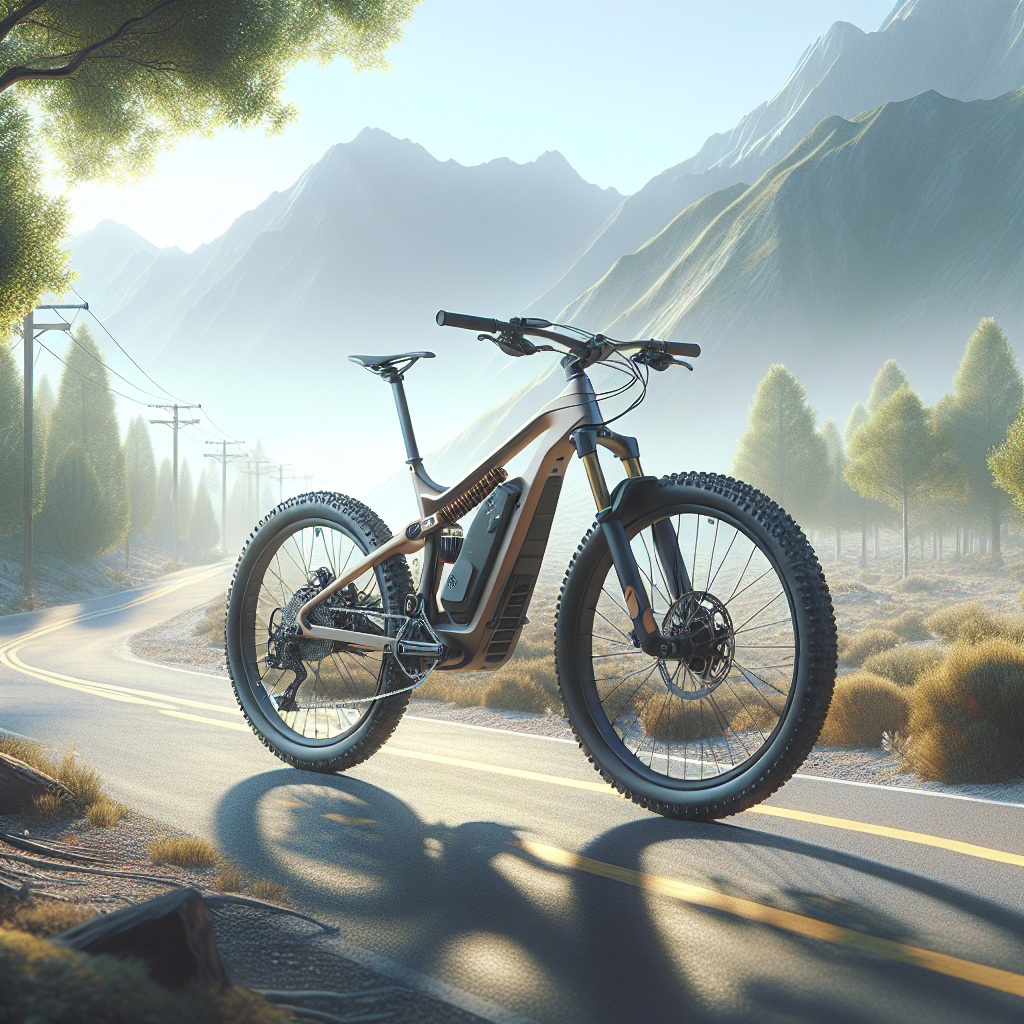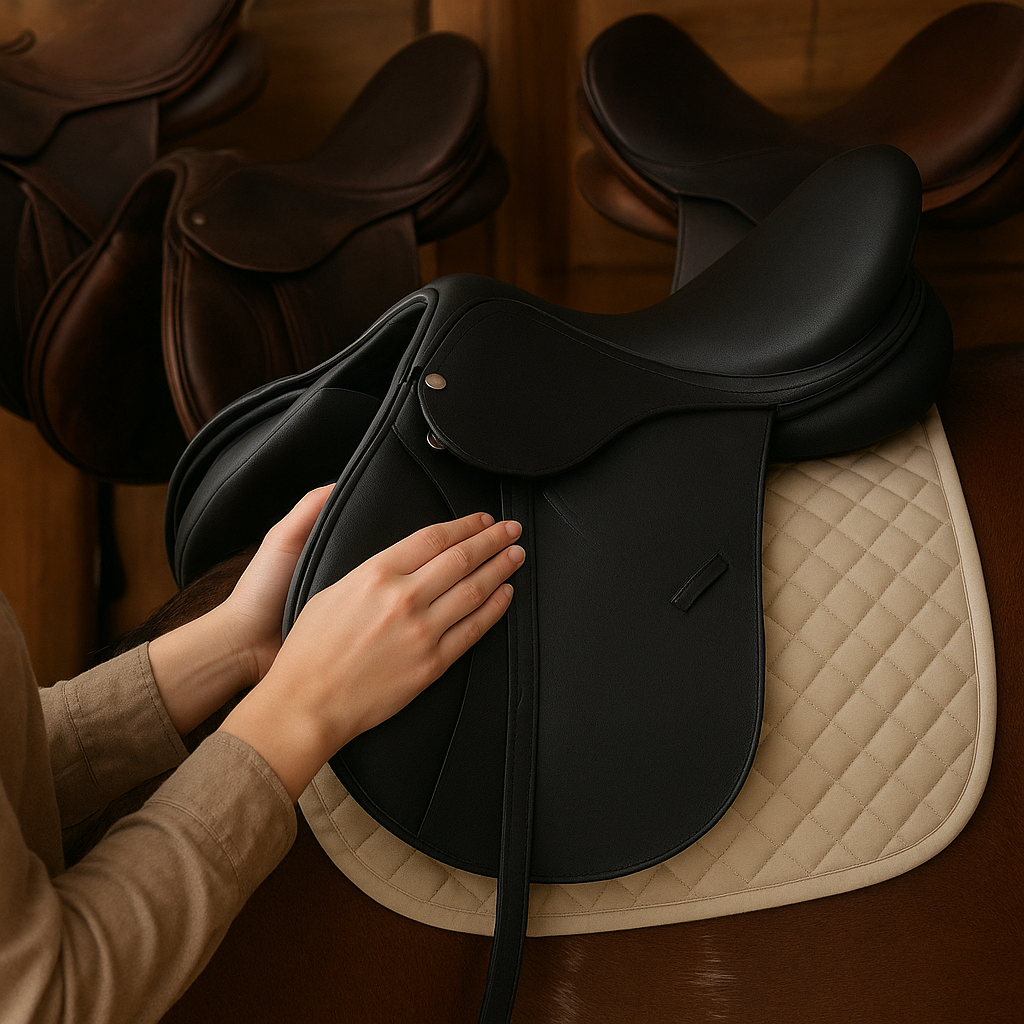
Adventure bikes, also known as gravel bikes or all-road bikes, have surged in popularity in recent years. These versatile machines are designed to handle a variety of terrains, making them ideal for cyclists who crave the freedom to explore both paved roads and rugged trails. In this article, we will delve into the features that make adventure bikes unique and explore the benefits they offer to riders of all skill levels.
Design and Features of Adventure Bikes
Adventure bikes are engineered to be the ultimate all-rounders, capable of tackling a wide range of surfaces. One of the key features that set them apart from other types of bicycles is their frame geometry. Typically, adventure bikes have a more relaxed geometry compared to road bikes, which provides greater stability and comfort over long distances and uneven terrain.
Frame and Fork
The frames of adventure bikes are usually made from materials such as aluminum, steel, or carbon fiber. Each material has its own set of advantages. Aluminum frames are lightweight and affordable, making them a popular choice for many riders. Steel frames, on the other hand, offer a smooth ride and are highly durable, though they tend to be heavier. Carbon fiber frames are the lightest and provide excellent vibration damping, but they come at a higher price point.
The fork of an adventure bike is another critical component. Many adventure bikes feature a carbon fiber fork, even if the frame is made from aluminum or steel. Carbon fiber forks help to absorb road vibrations, providing a smoother ride. Some adventure bikes also come with suspension forks, which can be particularly beneficial when riding on rough trails.
Tire Clearance and Versatility
One of the standout features of adventure bikes is their generous tire clearance. This allows riders to fit wider tires, which can significantly enhance comfort and traction on various surfaces. Most adventure bikes can accommodate tires ranging from 35mm to 50mm in width, and some can even fit tires as wide as 2.1 inches. The ability to switch between different tire sizes makes adventure bikes incredibly versatile, allowing riders to customize their setup based on the terrain they plan to tackle.
In addition to wide tire clearance, adventure bikes often come with multiple mounting points for racks, fenders, and water bottles. This makes them an excellent choice for bikepacking and long-distance touring, as riders can easily carry all the gear they need for extended adventures.
Benefits of Riding an Adventure Bike
Adventure bikes offer a multitude of benefits that appeal to a wide range of cyclists. Whether you’re a seasoned rider looking for a new challenge or a beginner seeking a versatile bike, adventure bikes have something to offer.
Comfort and Stability
The relaxed geometry and wider tires of adventure bikes contribute to a more comfortable and stable ride. This makes them an excellent choice for long-distance rides, where comfort is paramount. The stability provided by the relaxed geometry also makes adventure bikes more forgiving on rough terrain, reducing the risk of crashes and injuries.
Exploration and Freedom
One of the most significant advantages of adventure bikes is the freedom they offer. With an adventure bike, you’re not limited to paved roads. You can explore gravel paths, forest trails, and even light singletrack. This opens up a world of possibilities for cyclists who love to explore and discover new routes.
Versatility and Practicality
Adventure bikes are incredibly versatile, making them suitable for a wide range of activities. Whether you’re commuting to work, embarking on a multi-day bikepacking trip, or simply enjoying a weekend ride, an adventure bike can handle it all. The ability to fit racks and panniers also makes them practical for carrying groceries, camping gear, or other essentials.
Fitness and Health
Cycling is an excellent form of exercise, and adventure bikes make it easy to incorporate cycling into your daily routine. The versatility of adventure bikes means you can enjoy a variety of riding experiences, from high-intensity workouts on rough trails to leisurely rides on scenic roads. This variety can help keep your workouts interesting and motivate you to stay active.
Choosing the Right Adventure Bike
With so many options available, choosing the right adventure bike can be a daunting task. Here are some factors to consider when making your decision:
Budget
Adventure bikes come in a wide range of prices, from budget-friendly options to high-end models. Determine your budget before you start shopping, and look for a bike that offers the best value for your money. Keep in mind that you may also need to budget for accessories such as racks, fenders, and bikepacking gear.
Intended Use
Consider how you plan to use your adventure bike. If you primarily ride on paved roads with occasional gravel paths, a bike with narrower tires and a lighter frame may be suitable. If you plan to tackle rough trails and bikepacking trips, look for a bike with wider tires, a more robust frame, and plenty of mounting points for gear.
Fit and Comfort
Fit and comfort are crucial when choosing any bike, and adventure bikes are no exception. Visit a local bike shop to get a professional fitting and test ride several models. Pay attention to how the bike feels and make sure it suits your riding style and body type.
Components and Features
Adventure bikes come with a variety of components and features, from different drivetrain options to various braking systems. Consider what features are most important to you and look for a bike that meets your needs. For example, if you plan to ride in wet or muddy conditions, disc brakes may be a better choice than rim brakes.
Maintaining Your Adventure Bike
Proper maintenance is essential to keep your adventure bike in top condition and ensure a smooth and safe ride. Here are some tips for maintaining your adventure bike:
Regular Cleaning
Adventure bikes are often exposed to dirt, mud, and grime, especially when riding off-road. Regular cleaning helps prevent the buildup of debris that can cause wear and tear on your bike’s components. Use a gentle bike-specific cleaner and a soft brush to clean your bike, and avoid using high-pressure water, which can damage bearings and other sensitive parts.
Lubrication
Keeping your bike’s drivetrain properly lubricated is crucial for smooth shifting and efficient pedaling. Use a high-quality bike chain lubricant and apply it to the chain, derailleurs, and other moving parts. Wipe off any excess lubricant to prevent attracting dirt and grime.
Inspection and Adjustment
Regularly inspect your bike for any signs of wear or damage. Check the tires for cuts or punctures, and ensure they are properly inflated. Inspect the brake pads and replace them if they are worn. Make sure the gears are shifting smoothly and adjust the derailleurs if necessary. If you’re not comfortable performing these tasks yourself, take your bike to a professional mechanic for regular tune-ups.
Storage
Proper storage is essential to protect your adventure bike from the elements and prolong its lifespan. Store your bike in a dry, cool place, and avoid leaving it outside for extended periods. If you have limited space, consider using a bike rack or wall mount to keep your bike off the ground and out of the way.
Conclusion
Adventure bikes are a fantastic choice for cyclists who want the freedom to explore a variety of terrains. With their versatile design, comfortable geometry, and wide tire clearance, adventure bikes are ready for any road or trail. Whether you’re a seasoned rider or a beginner, an adventure bike can open up a world of possibilities and provide countless hours of enjoyment. By choosing the right bike, maintaining it properly, and embracing the spirit of adventure, you’ll be well-equipped to tackle any journey that comes your way.

